The Return of Texture – Why Tactile Art Matters in the Digital World
In a world dominated by screens and pixels, the sense of touch has become rare in art. Yet, modern creators are rediscovering the beauty of texture — both physical and digital — as a way to reconnect viewers with the material world.
🎨 What Is Tactile or Textured Art?
Textured art focuses on depth, layers, and surfaces that invite not only the eye but also the imagination to feel. From the grain of a brushstroke to the illusion of roughness in digital painting, texture gives art a physical soul.
🧩 The Psychology of Texture
Texture engages memory and emotion. A soft, blended surface can evoke calmness, while rough, layered strokes communicate energy or chaos.
Even in digital form, simulated texture triggers a sensory response, making viewers feel closer to the artwork.
💻 Texture in the Digital Era
Digital artists now use advanced brushes, 3D rendering, and AI tools to recreate the tactile essence of traditional art. Canvas grain, metallic sheen, and brush pressure simulations blur the line between the digital and the physical.
At Styon Art, each textured creation combines visual harmony with sensory depth — an invitation to see art with your eyes and your mind.
🌍 Why Texture Matters
In an age of perfection and automation, texture reminds us of imperfection — of human touch. It celebrates individuality, authenticity, and the raw beauty of creation.
✨ Final Thought
Texture is more than technique; it’s emotion made visible.
At Styon Art, every layer tells a story — one that can’t be replicated by code or machine, only felt through connection.






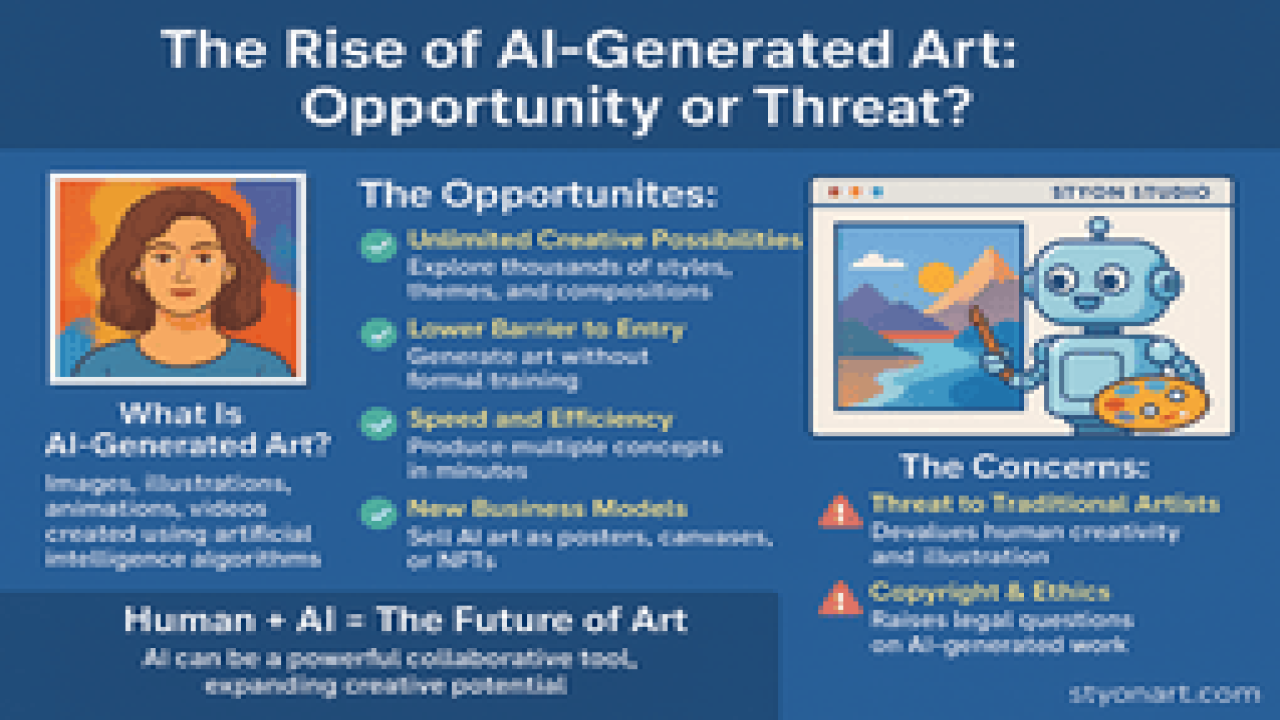
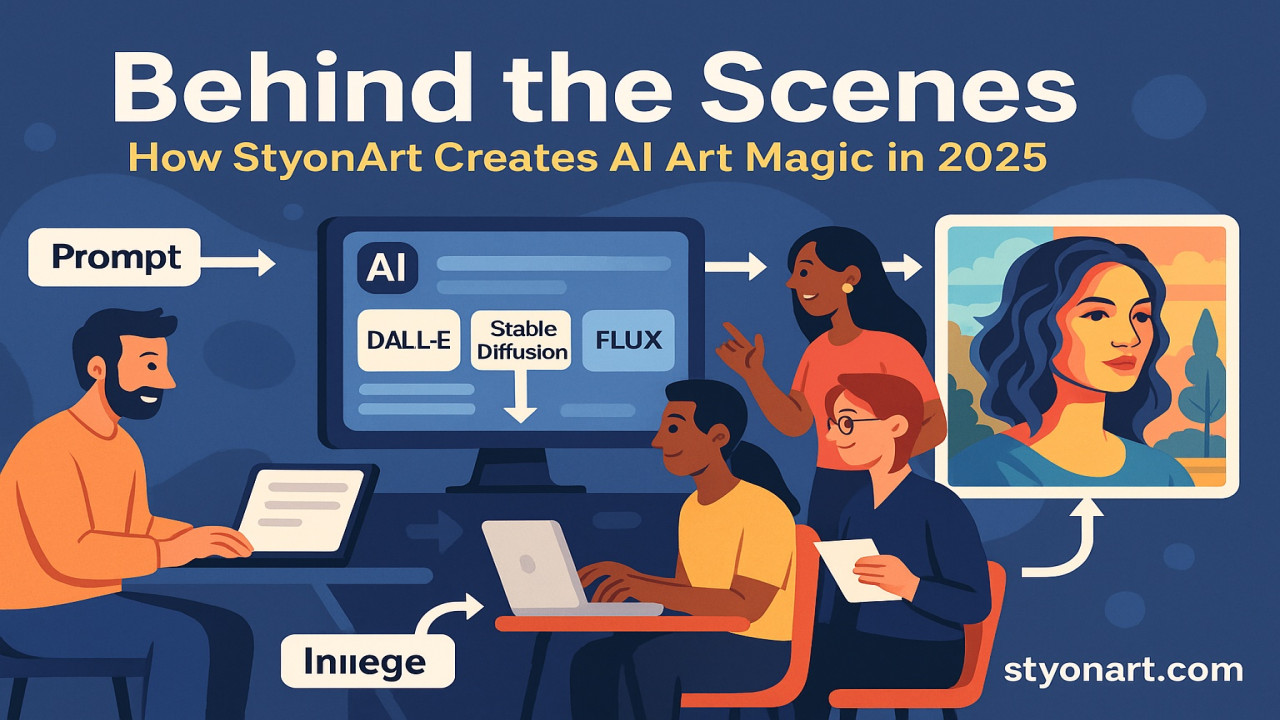

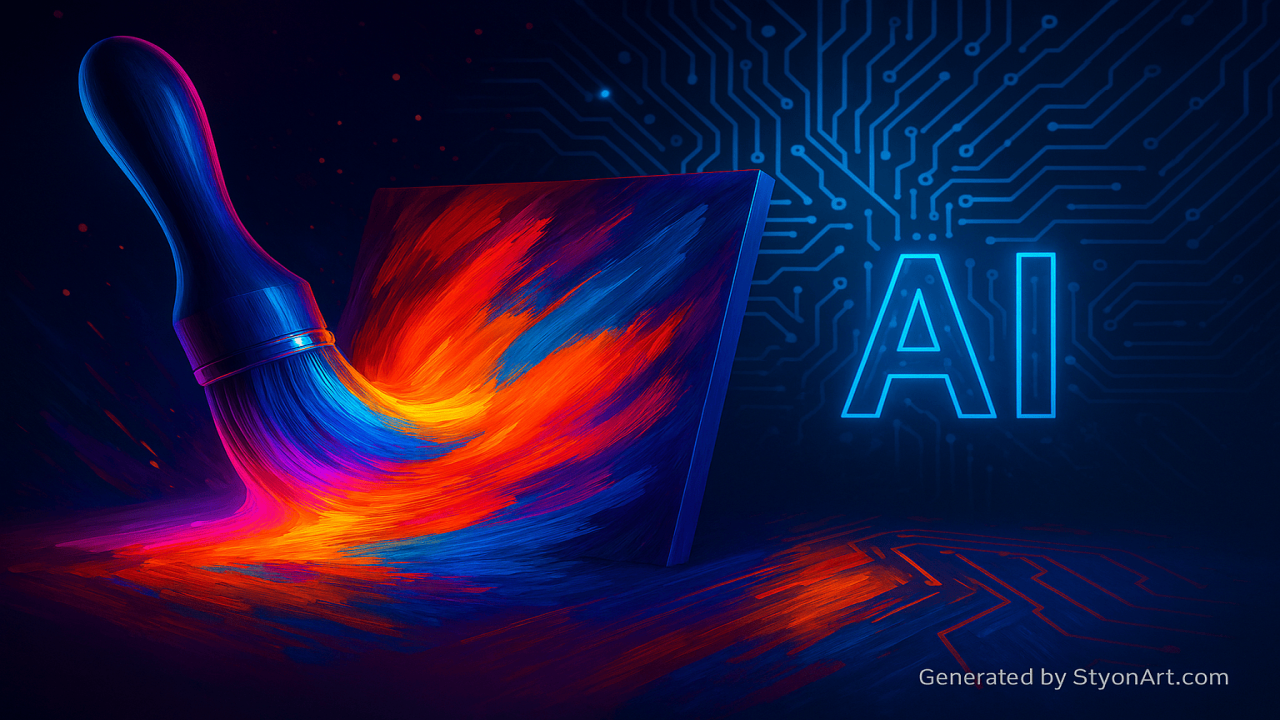

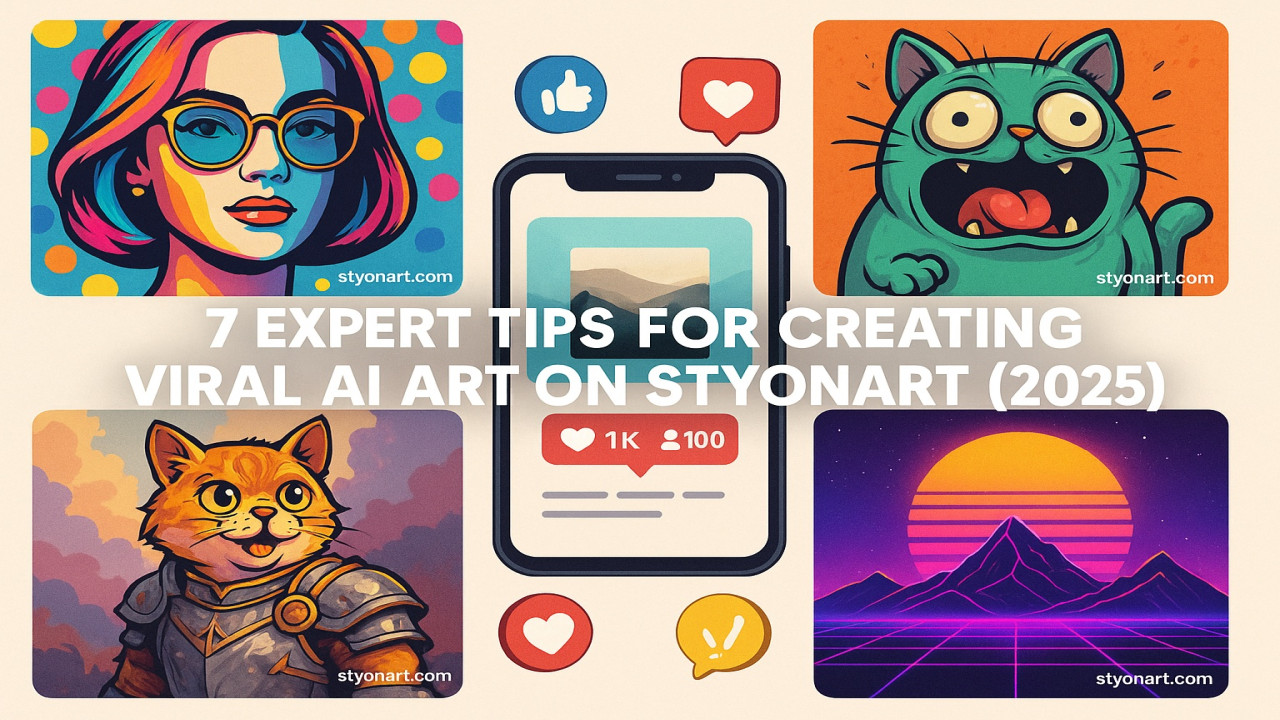
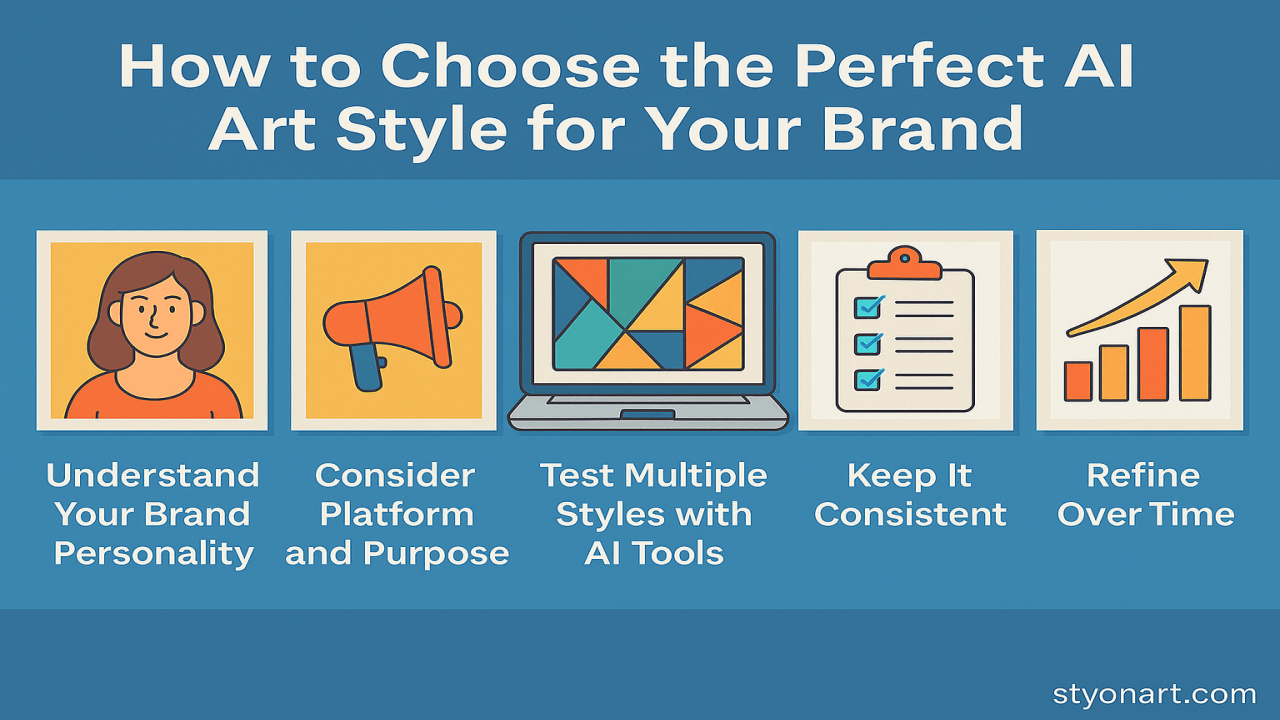
Comments (0)
No comments found